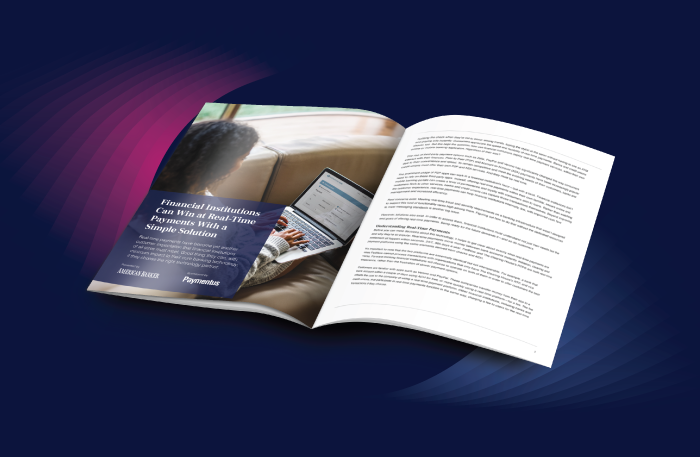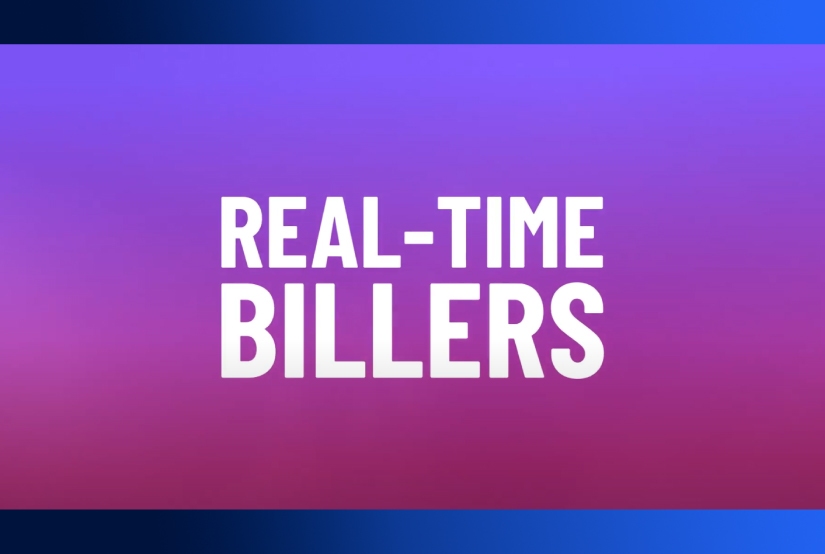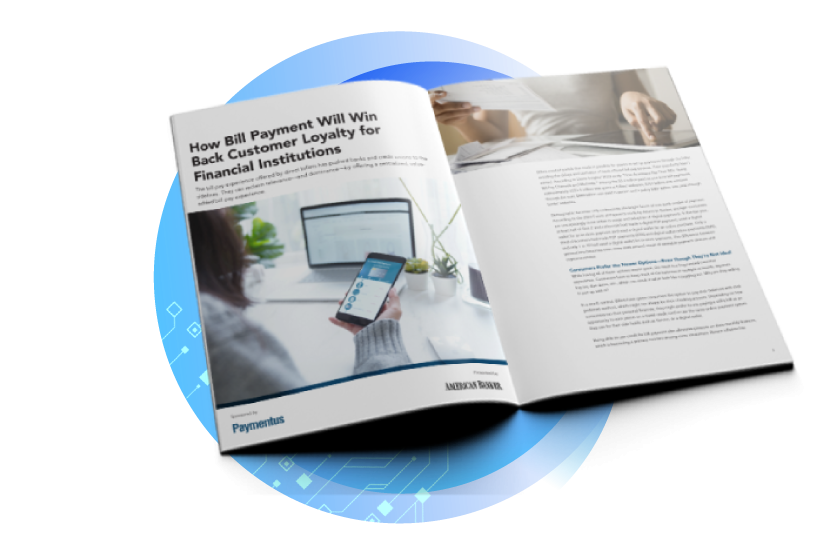What Banking Can Learn from the Rise of Netflix
The corporate world is full of boom and bust stories, mega-companies that seemed destined to rule forever only to wind up in a dustbin of cautionary tales. But for every company ruined by mismanagement or forces outside of their control, there are companies that were simply outflanked by competitors.
For those of a certain age, who remember signs like “Please be kind, rewind,” the name Blockbuster will forever be the Goliath that was destroyed by a proverbial David. At its peak in the late ‘90s, Blockbuster boasted some 9,000 locations and 65 million registered users. By 2010, it was bankrupt and in debt to the tune of almost $1 billion.
What happened during this 13-year run? A scrappy upstart, created in part by a visionary driven by a hatred of paying late fees, decided there was a better way to rent videos. In 1997, Netflix was founded with the intention of offering movie rentals over the internet. While this notion of receiving DVDs in the mail may seem quaint by today’s standards, at the time it was a groundbreaking concept.
The idea quickly morphed into a subscription-based platform where users could enjoy unlimited rentals for a flat monthly fee. By 2005, Netflix had grown to 4.2 million members, with the best yet to come.
Banks Netflix Moment
While a battle between video rental companies may seem far afield from the world of banking and bill pay, the lessons learned are anything but. Much like Netflix, online bill pay was launched in the mid-90s by banks and credit unions that were looking to provide a greater experience for their customers and members. As this was the only online bill pay available at the time, it was lauded as a great success within the industry.
But being an entrenched leader in a given space does not insulate against threats. Recognizing an opportunity, direct billers (e.g., utilities, insurers, etc.) began to offer superior bill pay experiences that revolved around expanded payment methods and functionality, instant notifications and confirmations, and detailed payment information.
Consumers took notice. According to Aite-Novarica, today only 22% of bills are settled via a financial institution’s website or mobile app. This number drops to a scant 3% for Gen Z bill payers. Comparatively, bill payments made directly through a biller’s website grew 123% in the past decade.
What caused this drop and how can banks and credit unions win bill payers back? Let’s take a look at how Netflix transformed the world of video rentals through one of the three Cs defining superior bill pay experiences: convenience.
Convenience Creates Customers
In the golden era of Blockbuster, the idea of convenience was couched around the ability to drive to your local Blockbuster store and be greeted with a massive array of movies and games to choose from. Imagine walking in and having your pick of any number of thousands of films, including those that had just left the theater!
Suddenly, those same titles were available through a service that would send DVDs right to your door. The idea of convenience was transformed forever. Driving to the store and risking that the movie you wanted to see would be sold out suddenly seemed like a lot of work. Plus, driving to the store to rent a movie obligated you to make a return trip to the store to return said movie or be hit by late fees.
Bill pay for banks and credit unions suffered a similar fate. In terms of convenience, direct billers provided a comprehensive experience for bill payers. By logging into their biller’s account, they could view billing statements, payment history, schedule payments and receive notifications.
This was a fully baked, dedicated experience that treated bill pay for what it was: an essential part of the customer lifecycle. Direct billers transformed their online bill pay experience because their operations relied on it. Far too many banks and credit unions operated with the mentality that online bill pay was a “nice to have.” And for that, they lost the stickiness and engagement online bill pay promised.
Bringing Convenience Back to Bill Pay
An added convenience factor offered by Netflix was that it served as a centralized hub for members. Subscribers could log into their online account and make their selections and manage their account from a single portal. It was simple and intuitive, making it easy to justify the cost of a subscription.
Centralization is the largest advantage that banks and credit unions have over direct billers. With the average American paying around 12-15 bills a month, the process of making payments at each biller’s website is unwieldy at best, no matter how comprehensive or streamlined any one individual experience may be.
Solutions such as Paymentus Bill CenterSM bring this level of online bill pay convenience back to banks and credit unions. The hub allows customers and members to link and view all of their bills in one location, while also receiving the same level of account details and payment functionality they would enjoy at the direct biller’s site. The added bonus is that they don’t need to visit 12-15 sites to pay their bills. Instead, everything funnels through their financial institution’s online bill pay experience, making it the ultimate in online bill pay convenience.
Want to see how you can make bill pay a consumer magnet again? Download our latest white paper for new research and insights on how financial institutions can use bill pay to regain their place at the heart of their customers’ financial lives.



